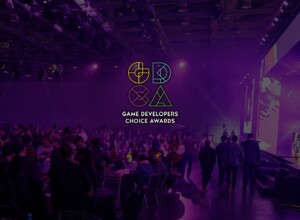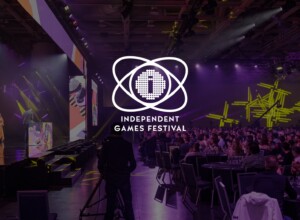The beating breath of a world can live or die in the tiniest of brush-strokes. The difference between loving one pirate city and hating another is a phantom touch – one that Level-5 has suffused Ni No Kuni II: Revenant Kingdom with.
You’ve been in the company of sky pirates before; you’ve explored tree-house canopy cities before; and you’ve been charged as ward for more than one princess. But you’ve never quite been here. Ni No Kuni: Wrath of the White Witch, and its DS precursor Dominion of the Dark Djinn, bore a prestigious watermark: its animated sequences were created by Studio Ghibli.
The same cannot be said for Revenant Kingdom, but you wouldn’t know it. Ghibli character designer Yoshiyuki Momose is working with Level-5, as is veteran composer Joe Hisaishi – who scored White Witch with the Tokyo Philharmonic Orchestra. There are other touches that underwrite the world with vibrant magic.
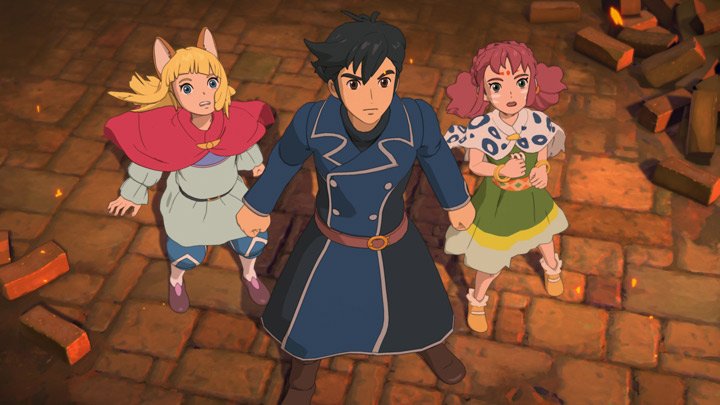
Revenant Kingdom is a prequel to Wrath of the White Witch, and it follows Evan Pettiwhisker, the King of Dingdongdell. He travels the kingdom with a clutch of companions, and adventures of high fantasy and absurd whimsy ensue.
When freely roaming, the open-world is presented to you as a diorama, the characters scrunched up into unbearably cute little chibi designs. These unfurl into characters that ring chimes for the Ghibli cognoscenti: Pirate Princess Tani bears face point reminiscent of Princess Mononoke’s lupine markings, and Evan has a pair of feline ears sprouting from beneath his blonde mane, with a bobbing tail to boot.
As characters interact they become far more than a collection of caricature flourishes; despite the feverish ebullience of the voice acting, they are all distinct and rich. Roland is a phlegmatic counter to Evan’s excitability; in fact, they almost take on the role of frantic cat and worn-out owner, Evan’s shouts met with furrowed brow and a thoughtful ‘Hmm’, before heading into a battle.
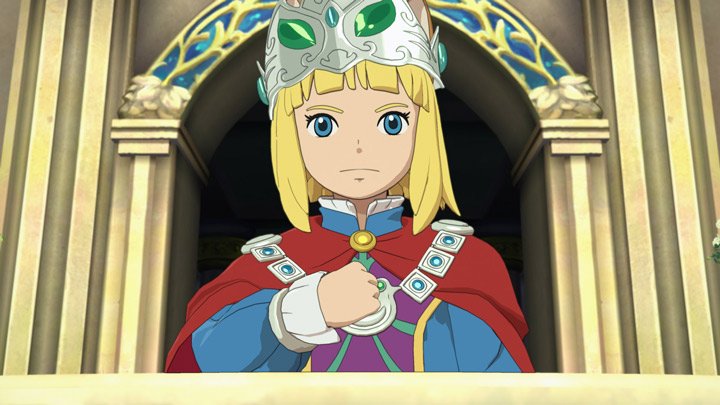
Those battles have been refined and developed for this outing. Wrath of the White Witch was an enhanced PS3 version of the original DS game, Dominion of the Dark Djinn, which used a turn-based battle system; scrapping this approach, publisher Bandai Namco’s influence revealed itself in the adoption of the open battle system from its Tales series.
These are flat-plane, real-time battles of blocks, parries, dodges, spells, and weapon combos. Each meaty hit provokes a deluge of damage numbers tumbling out of enemies; with each kill, items spill out onto the ground for you to mop up, refilling your health and mana.
Meaty hits feel satisfying and the glucose gratification of hoovering up spilled goods helps keep combat a breezy affair – which isn’t to say it’s too easy or simplistic. There’s variety and verticality to these fights: winged enemies lurk skywards raining attacks down at you, so you’ll need to call up the special attack wheel and hurl a bolt of energy up to send them plummeting – once they’re down, unleash a whirlwind of sword jabs with another special to capitalise.
This verticality extends to the wider world too: winding paths narrow into grottos, widen into open fields, or lead up to craggy mountain paths, before boring down into dungeons.
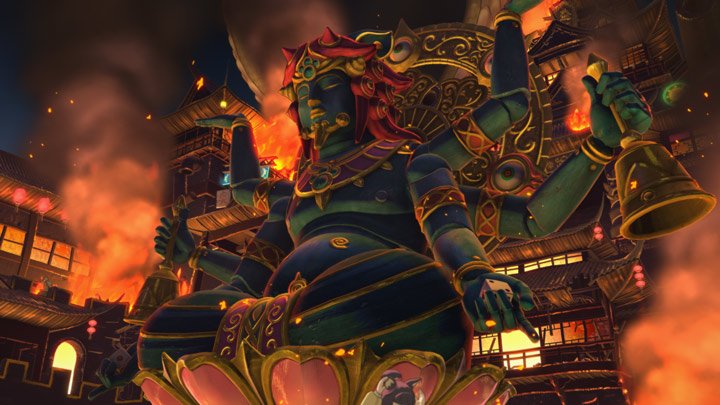
There’s also a new RTS-style mode where your Pikmin-esque Higgledies march with you onto chibi battlefields. It’s a fun variant, favouring strategy over direct combat; as with combat elsewhere, it’s simple and rewarding, giving way to surprising depth. You hit a shoulder button to rotate your different coloured Higgledies around you in platoons, each matching up with enemy units in classic rock-paper-scissors fashion.
It’s a relay race, each strip of play giving way to the next just as its stamina ebbs, like the passing of the baton. You’ve not the chance to tire of fighting because you’ll be openly exploring before long, only to be strategically manoeuvring on the battlefield the next. Boss fights break up dungeons before you’re back out in the wild exploring.
Its dungeons bedecked with hanging baskets babbling violet fire, pastel landscapes festooned with bold colours that pop off the screen. There’s the feel of a developer trying for the feel of a Ghibli film and mostly hitting the mark, but with a sugary Saturday morning feel. It’s a wonderful impression.
Based on what we’ve played so far of Ni No Kuni II: Revenant Kingdom, there’s plenty to look forward to. The boundless energy of its characters, its sunny disposition and vibrant world, and its feathering of JRPG best-hits into an urbane mix – it’s unlike anything else out there on PS4, and it should get 2018 off to a cracking start.





